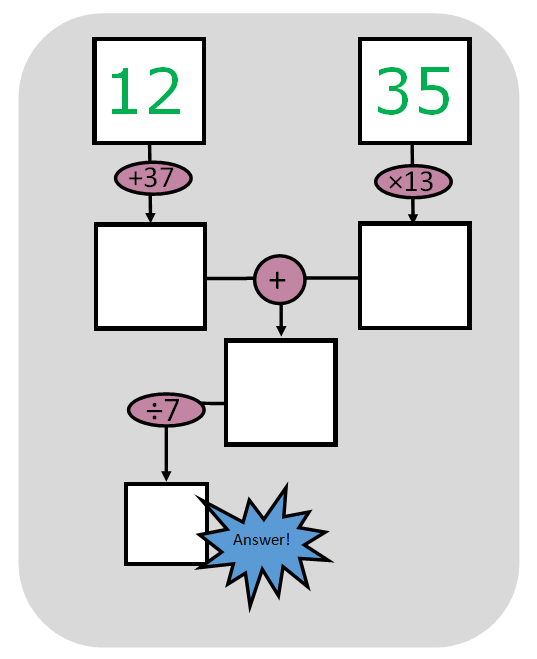The Turing Pattern Project was launched in 2021
The year of 2021 saw the great mathematician Alan Turing appear on the Bank of England’s £50 note. To celebrate this, the Turing Pattern Project provided a collaborative nationwide activity for primary schools to learn about Turing and use his mathematical ideas to understand more about patterns in nature.
Watch our launch video here:
Turing is famously known as being the father of modern computing and decoding messages that helped Britain win the war. However, one aspect of his story is conspicuous in its absence. Alan Turing used mathematics to formulate a theory of biology which describes many of the beautiful patterns which we see throughout the natural world. See here for a popular science article about these patterns.
Below I show a particular example, the pigment pattern seen on the fur of a cheetah. Using Turing’s theory we can build mathematical equations to describe the chemicals residing inside a cheetah, that define that colour of fur, as the cheetah it develops in the womb!
How can primary school children calculate these seemingly complicated patterns? Some equations are too difficult to solve by hand and instead we can approximate them using a computer. For the cheetah, the computer describes the equations as a grid of numbers and algorithmically creates a different grid for each minute (each frame in the video) of a cheetahs life. Each school will be given a grid that corresponds to a time in an animal’s life. The school will then perform calculations on the grid and subsequently pass it on to the next school to perform the next set of calculations, eventually producing the pattern.

The algorithms used to create the patterns require undergraduate level mathematical training and were adapted to become calculations suitable for primary school children of mixed attainment levels. The calculations involve adding, subtracting and multiplying small whole numbers and they were tested with year 5 classes.
The project will use Turing’s ideas to show primary school students that mathematics can be used to understand the world. Turing’s description of patterns in nature is such a visually striking subject that engages children’s mathematical drive and desire for science.

Two 50 minute lessons were reiteratively and carefully developed to be suitable to be taught by ordinary class teachers. Lessons are currently being trialled with increasing success. The first lesson introduces patterns in nature and Alan Turing. Children will take part in activities about patterns, colours, scientific vocabulary and the history of Alan Turing. The second lesson is where the mathematical calculations occur; after some careful examples from the teacher the students worked together in small groups to determine the answers to the problems which led to their contribution to the pattern. In addition to the teacher led lessons, videos to accompany a home learning version of the project are available.
After the launch of the project, class teachers or parents were able to create a log in to a website, download resources and input the answers to their calculations online. Each school had a different point in time and calculated the pattern at that point. As more schools took part and more calculations were input the end pattern started to emerge.
Collaborators
This project was a collaborative endeavour from the School of Mathematics and Statistics at the University of Sheffield and was supported by the Bank of England.
Project updates
October 2019 – The project has been trialled by the wonderful year 5 children at Springfield School and the fantastic year 5 and 6 classes at Meersbrook School in Sheffield. We’ve had great feedback from both staff and students.
March 2020 – The project is ready to be teacher led by two more schools in Sheffield, however we are postponing our trials until October due to Covid 19.
April 2020 – The project will be available for both home learning and schools to accommodate safe education throughout the Covid 19 pandemic.
July 2020 – Exciting news, the main website begins! Sheffield own engineering student Aidan Hughes joins the team to apply his excellent talents to building our website.
October 2020 – I’m starting work on the project full time now. I’m working on creating the lesson resources and they will be trialled in schools throughout November and December 2020. Thanks to all the fantastic teachers who are offering their help with this!
October 2020 – Follow us on twitter from today! @TuringPrimary
March 2021 – The Turing Pattern Project has launched. Register on our website, watch our launch video or read these articles (Yorkshire Post, BBC Bitesize, TES)
Get in touch
Are you a primary school teacher or parent and interested in still being involved? Register on our website or if you have further questions, send me an email at ne235@msstate.edu



